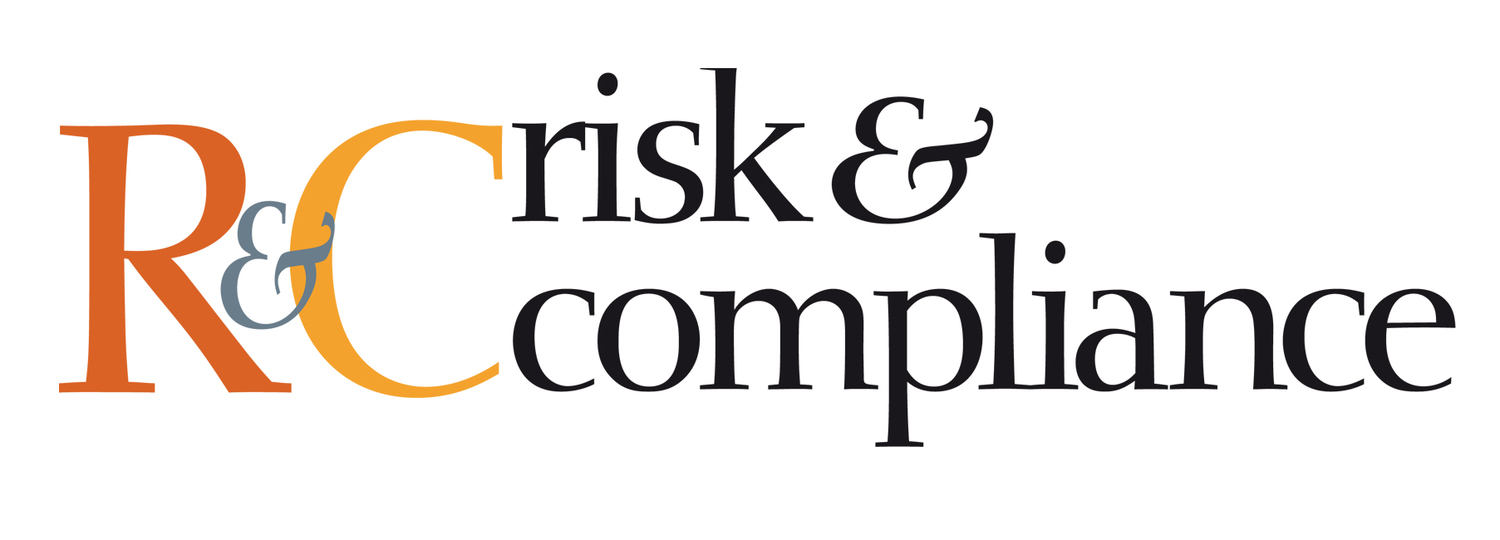FIGHTING THE FRAUD TRIANGLE
Risk management and risk analysis are crucial elements to a successful business strategy, but all too often, organisations overlook the significant criminal penalties, regulatory fines and legal costs that result from people-created risk.
People are messy and unpredictable creatures. Despite any organisation’s best efforts, there will always be employees on staff who will behave poorly, whether that comes in the form of criminal misconduct, such as bribery or other forms of corruption, or legally actionable behaviour. People-created risk is something organisations need to address through a robust ethics and compliance (E&C) programme. Through that, they can build a culture of integrity that can address the various reasons for why misconduct occurs in the first place as well as provide effective strategies for preventing bad behaviour through appropriate manager training.
The scope of risk
Over the past decade, the E&C approach for most organisations has gone from rules-based systems to an emphasis on ethical values. Having an E&C programme that takes a risk-based view, combined with values-based solutions, enables organisations to have long-term sustainability even in a business environment that often fixates on short-term results.
As businesses navigate today’s geopolitical volatility, regulatory uncertainty, artificial intelligence prevalence and reputational threats, E&C is seeing a rapidly expanding role in enterprise risk strategies. No longer confined to reactive enforcement, today’s E&C teams proactively identify and address emerging risks, often in real time, and guide their organisations through complexity with confidence.
In 2025, effective risk mitigation is as much about foresight and influence as it is about controls and procedures. According to our research, 90 percent of best-in-class E&C programmes evaluate risk as part of an enterprise-wide process (ERM), and 85 percent of them evaluate E&C risk as part of a standalone, non-ERM evaluation process.

